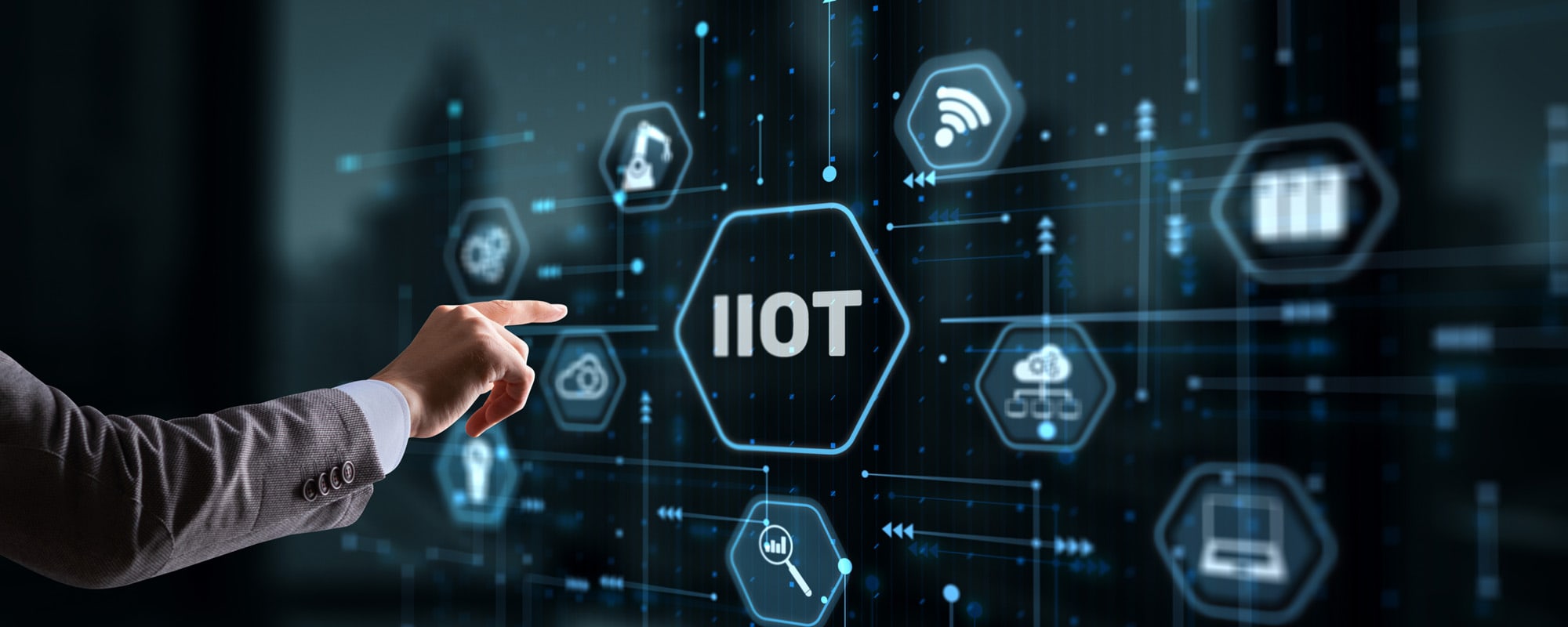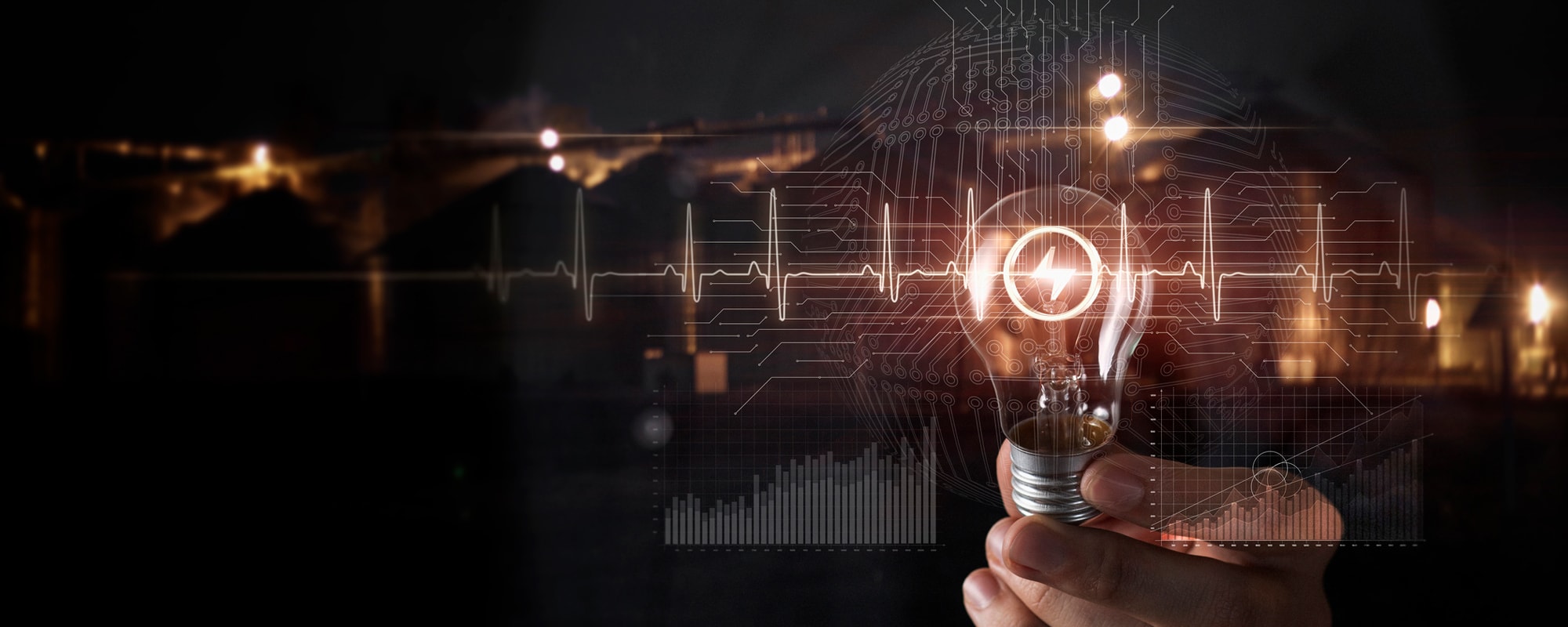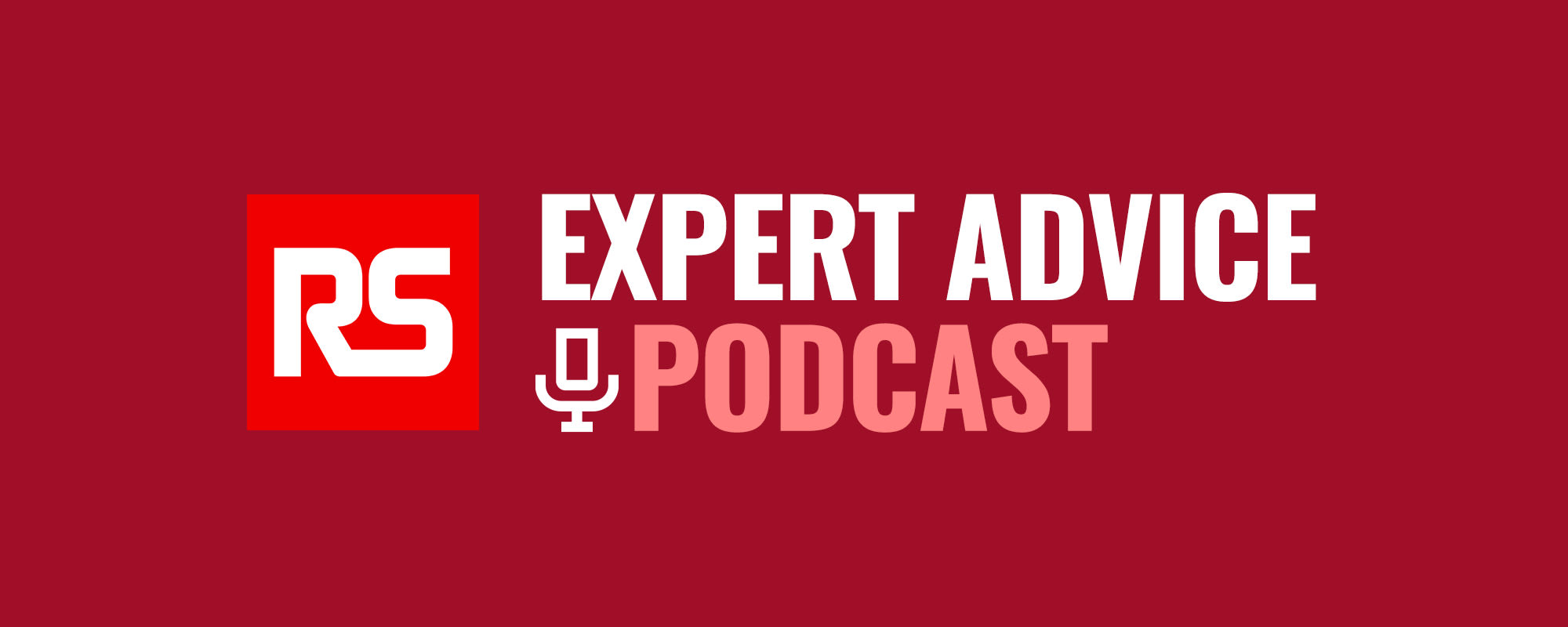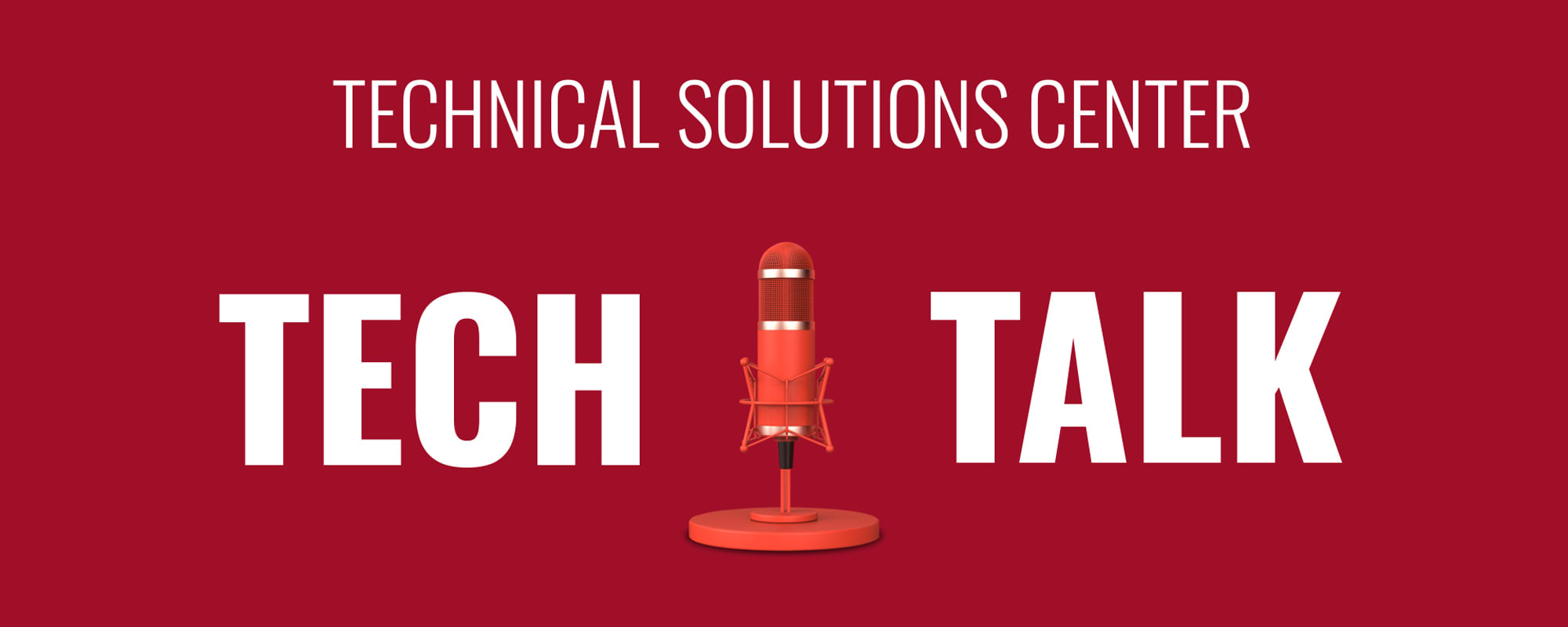Taking advantage of IIoT and remote condition monitoring technologies can be easier than you might think. Ron Kendzior, Vice President of Global Sales at Trumeter, demystifies the IIoT, explains the benefits of remote condition monitoring technologies, breaks down how quick and easy it can be to get started, and introduces IIoT-ready panel meters from Trumeter that can help.
Ron Kendzior, Vice President of Global Sales, Trumeter

When it comes to harnessing the power of the Industrial Internet of Things (IIoT), it can be hard to know where to start. While deploying IIoT technologies can sound daunting, time-consuming, and expensive, it doesn’t have to be, and the potential benefits of these technologies are immense. They offer industrial organizations the ability to better understand, control, and share system information, which leads to increased efficiency and productivity.
IIoT-enabled “smart” devices, including sensors and meters, provide facility and plant operators with access to more data, quicker and easier than ever before. They also enable remote condition monitoring, which is one of the most effective forms of asset management available today. Imagine getting a real-time text message or email to alert you to certain conditions that you specify upfront. And that’s only one small benefit!
Additionally, you don’t need to be a tech genius to reap these benefits. It’s easier than ever to take advantage of the IIoT and remote condition monitoring.
Demystifying the IoT: Can it Ever Be Simple?
The internet of things (IoT) connects things — ranging from toothbrushes, light switches, and cars to industrial devices, like sensors and meters — to the internet, where they can share data with other devices. According to experts, there will be more than 207 billion IoT-connected devices worldwide by the end of 2024. These connected components have sensors or software on a digital network, and the information can also be shared with the cloud or other remote devices.
IoT technologies have been widely adopted by enterprises that recognize and embrace the benefits of digitalization, including industrial factories and healthcare facilities. And while the IoT may seem complicated, for those in the industrial segment — where all sorts of production variables are already being measured by meters — switching to IoT-enabled sensors is easy and logical. Just plug and play.
An IoT architecture, in simplest terms, has three basic layers:
- Perception: where the data is gathered through components, such as sensors or gadgets.
- Network: the connection among the devices via the internet and how data is moved, which can include WiFi, Bluetooth, cloud storage, etc.
- Application: the user interface, including how data is displayed or used by the operators.
Determining what IoT or — in industrial environments — IIoT equipment is right for your business largely depends on your application and end use. However, there’s a growing number of industrial solutions that come equipped with IIoT architectures already in place in order to streamline installation and take the guesswork out of setup. Some IIoT-ready solutions, like sensors and panel meters, are also capable of cloud connectivity right out of the box, which allows users to export, securely store, and remotely access data and analyses to support better decision-making. IIoT solutions like these that combine multiple functionalities, like sensing or metering hardware and cloud connectivity, are essential for remote condition monitoring and help users significantly improve reliability and streamline systems without having to manage multiple components.
Remote Condition Monitoring
Condition monitoring solutions, including sensors, programmable logic controllers (PLCs), and IIoT technologies, allow users to monitor the status, behavior, and performance of connected machinery in real time and use that data to proactively identify and correct potential problems before they result in safety hazards, equipment failures, unplanned downtime, and associated expenses.
Remote condition monitoring systems leverage the IIoT to further extend these benefits, allowing users to access the real-time status and performance data for connected systems anytime and anywhere. This on-demand access can help industrial organizations better overcome skilled labor shortages by reducing the number of employees it takes to monitor the condition of far-flung facility equipment and eliminating the need for those employees to visually inspect the equipment. It’s also especially beneficial in applications with environmental hazards and safety risks, like oil and gas and chemical processing facilities.
For example, power and flow meters are widely used in industrial manufacturing and energy and utility applications. When smart version of these meters are connected to an IIoT network, they send a steady stream of data to a central processing unit or cloud computing platform that’s capable of analysis and equipped with a human-machine interface (HMI), like a dashboard, that provides operators with actionable insights, no matter where they are in relation to the connected equipment — in the same facility, at home, or even halfway around the world. And since the data is delivered in real-time, operators can identify and respond to issues, like excess temperatures or power consumption, before they compromise equipment and employee safety and shut down production, which improves efficiency and productivity as well as profitability.
Simplifying Remote Monitoring: Challenges and Opportunities
Once a facility has embraced the IIoT, data including power consumption, temperature, frequency, flow rate, and other important performance metrics can be broken down and analyzed via remote monitoring.
Information from a system’s connected IIoT devices, such as sensors and panel meters, is transmitted and collected digitally. From there, users can set up automated alerts when parameters meet a certain threshold or export certain data to be analyzed further.
Advantages of remote monitoring can include:
- Increased energy efficiency: With more accurate, real-time data, operators can identify areas of improvement and make adjustments quickly and knowledgeably. By tracking trends over time, managers can better see when and how much energy is being used.
- Improved equipment maintenance: Remote monitoring provides accurate health and performance data for your machinery and can allow for better preventative maintenance and scheduling. When problems arise, this added visibility of what’s going on with the equipment makes it easier to pinpoint where the problem is.
- Better safety and security: Facilities can get instant alerts to potential safety issues, such as overheating or overloaded components. This can mean that problems are detected quicker than by visual inspection alone.
When it comes to the IIoT, for many businesses, the biggest challenge can be knowing where to start. Others may find hurdles in the initial investment, setup time, and learning curve. Additionally, when deploying IIoT technology, businesses must make sure that all devices on the network are compatible to ensure there are no functionality issues. However, facilities can see reduced costs in the long run by using the IIoT to optimize energy consumption and maintenance.
Trumeter makes it easy for industrial organizations to upgrade existing systems by simply swapping out their current panel meters for IIoT-ready Vista Touch panel meters. These meters have Trumeter’s free remote monitoring platform — Trumeter Cloud — built in, make it quick and easy for users to deploy their new remote monitoring capabilities, and provide users with valuable data collection, transmission, storage, and alerts.

Vista Touch Power Meters for example, are designed to optimize monitoring for single, split, and three-phase networks in applications extending throughout the industrial manufacturing and energy and utilities markets. These meters are equipped with proven industrial communications protocols, including Modbus RTU (RS485) and TCP/IP (Ethernet), which makes them IIoT-ready right out of the box, in addition to built-in remote monitoring capabilities and a free subscription to Trumeter Cloud. Their vibrant, 2.76” x 2.76” (70 x 70mm) HD touchscreen interface makes configuration quick and easy, and they exhibit 1% accuracy across the input range, allow users to load and save configuration data to USB flash drives, and support industry standard ¼ DIN mounting.

Similarly, Vista Touch Flow Indicators provide all of the same user-friendly features and benefits as the Vista Touch Power Meters but are optimized for use with a wide variety of industrial flow sensors to ensure broad application suitability. Their graphical HD touchscreen interface comes with several pre-loaded gauge options to further support ease of use. Ideal applications for Vista Touch Flow Indicators include water treatment plants, HVAC systems, oil and gas production, industrial manufacturing, and food and beverage manufacturing and packaging.
Another option industrial customers have for upgrading their existing systems is adding an IoT gateway to compatible panel meters . IoT gateways provide a connection between devices and the cloud and act as an access point for panel meters that are used to display measurements — for example, volts, amps, or frequency — but aren’t typically connected to the internet. Trumeter’s IoT Gateway, for instance (pictured below), provides powerful, cost-effective monitoring solutions when connected to up to four APM Series advanced panel meters via an Ethernet connection and securely stores exportable data in the Trumeter Cloud platform.

But data is only as good as what you do with it. By using a network and software with built-in or ready-to-use resources, you can take full advantage of the information.
Redefining the User Experience With Simplified IIoT Solutions
Endpoint usability can make or break an IIoT solution. The information provided by an IIoT system must be easy to access and understand, with the ability to turn it into concrete takeaways. Ultimately, this will help managers with quicker, more informed decision-making.
Recent trends in IIoT technology keep the user experience in mind:
- Easy-to-read and adjustable panel meter interfaces: Gone are the days of analog panel meters. Panel meters like Trumeter’s Vista Touch series power and flow meters now come with touchscreen technology and fully-configurable, full-color HD displays. The Vista Touch touchscreen interface allows you to adjust settings and comes with preset gauge displays to match your application’s needs.
- Ease of setup and use: While some may think that you need a whole new system to implement digital solutions, that isn’t necessarily the case. Many panel meters can simply be swapped for an updated version. However, it’s important to ensure compatibility with other devices. Trumeter’s Vista Touch series ensures functionality with proven technology communication protocols, including Modbus RTU and TCP/IP.
- Multiple ways to stay informed: By using a cloud-enabled device, information can be shared across multiple delivery methods, including panel interface, cloud dashboard, text message, or email. Cloud-based data storage can accommodate any number of devices, which is particularly beneficial for comparing or analyzing data across facilities and teams.
Trumeter provides a unique cloud platform for viewing data from your equipment anytime, anywhere. It seamlessly integrates with Vista Touch meters or APMs connected via the Trumeter IoT gateway. In addition, its customizable configuration allows you to see what you need from a computer, mobile phone, or tablet.
Embrace the Ease of the IIoT with RS and Trumeter
There’s no need to be intimidated by the complications or costs posed by the IIoT. With Trumeter, right out of the box, you’ll have data at your fingertips that can help improve your processes and save money in the long run. It’s easier than ever before to take advantage of these digital tools while welcoming the unprecedented benefits and insights they offer.
For more information about Trumeter products available through RS, including Trumeter’s Vista Touch power and flow meters, APM Series advanced panel meters and IoT Gateways for APMs, please click the links embedded here and throughout this article. For assistance identifying, procuring, deploying, and maintaining IoT solutions for your business, please contact your local RS representative at 1.866.433.5722 or reach out to the RS technical product support team.







